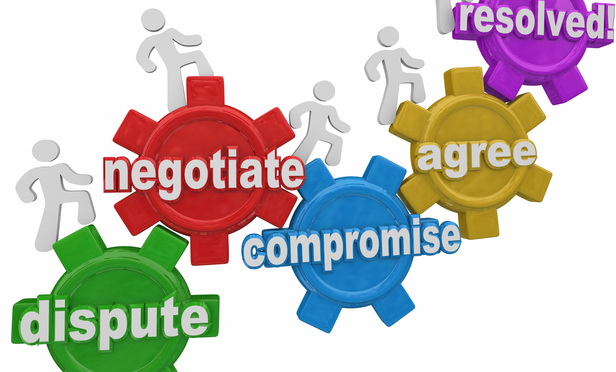As is well-known, almost all civil litigation is resolved by settlement rather than by trial. Nonetheless, far too many clients and law firms litigate cases in a manner that makes settlement far more difficult and expensive than it should be. This article will explore how parties should evaluate litigation opportunity and risk, and how mediation should be conducted to maximize the chances that an acceptable settlement will be achieved. Finally, the article will address the utility of a mediator’s proposal in helping the parties conclude an agreement.
The Evaluation of Risk
The most fundamental thing that lawyers must do from the moment litigation becomes a possibility is to assume ownership of the litigation opportunity or risk. Lawyers have an obligation to evaluate constantly the risk or reward (depending on whether the client is the plaintiff or the defendant) and figure out the settlement and litigation strategy. In virtually every case, an early case assessment is in order. It is remarkable, but not surprising, that in a very high percentage of cases the result of an objective assessment really does not necessarily change more than at the margin as the case proceeds. That explains why so many companies have adopted formal early case assessment programs as part of their standard operating procedure. But, even assuming an early case assessment is made, this same analysis must be done again and again at periodic intervals throughout the life of a dispute. If discovery has produced some bad results or the judge has issued a ruling that probably will affect the ruling adversely, that needs to be factored into a new analysis.



